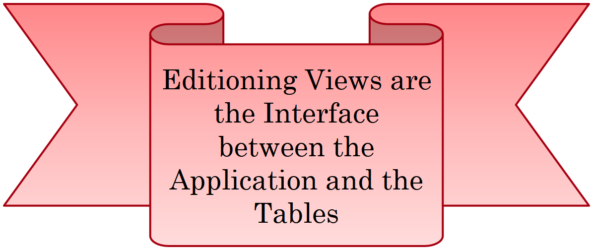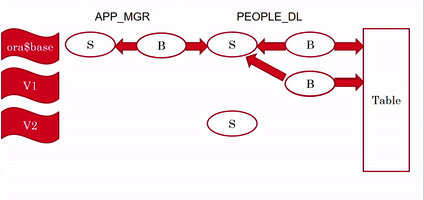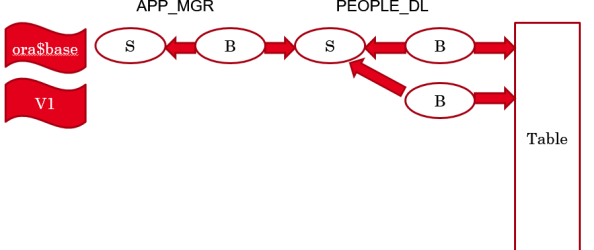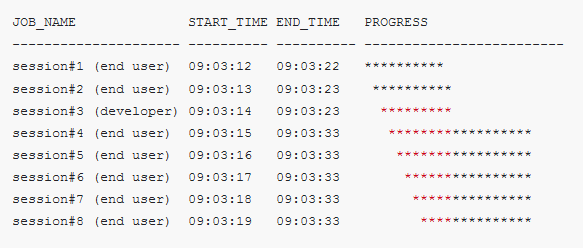This is part 11 of a post series about Oracle Edition-Based Redefinition.
Visit the index page for all the parts of the series
Introduction
As we’ve seen in the previous posts, the process of an online application upgrade, in high level, includes the following steps:
- Creating a new edition
- Applying all the necessary changes in the privacy of the new, unexposed, edition
- Making sure that all the objects in the new edition are valid, and that all the objects that should be actual in the new edition are indeed actual
- Exposing the new edition to the clients
How do we expose the new edition?
In the previous examples I did it by explicitly changing the client’s session edition, from the client session itself. But that was just for demo purposes, and it is certainly not the recommended way.
The best way to expose new editions, in my opinion, is by using services. This gives us high levels of both flexibility and control.
I’ll dedicate the next post for exposing new editions via services.
In this post I’ll show another option – Database Default Edition. This method is very simple, but also very limiting, and therefore it’s suitable only for very specific cases.
Database Default Edition
There is always one database-level default edition. We can see it using this query: Continue reading “EBR – Part 11: Database-Level Default Edition”





